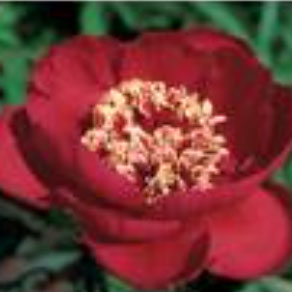Gardening is a way of showing that you believe in tomorrow.
A Bit About Peonies
There are 3 Types of Peonies
TREE PEONIES have woody above ground stems that remain throughout the year, much like a small shrub. The leaves however are deciduous and fall each autumn.
HERBACEOUS PEONIES die back to the ground each autumn.
INTERSECTIONAL PEONIES are the result of crossing herbaceous and tree peonies. Like herbaceous peonies they die back to the ground each year. Their foliage and flowers however are reminiscent of tree peonies.
All three types of peonies form the next year’s buds each fall. Tree peonies form these buds mostly on the above ground stems. Herbaceous and intersectional peonies form these buds on the underground crown of the plant. This difference accounts to a large degree in the difference in hardiness. Herbaceous and intersectional peonies will thrive in northerly climes too cold for tree peonies. (from paeonia.com)
There are 6 basic flower forms

The Single form has 5 or more wide petals arranged in a single row around a center of pollen bearing stamens

The Japanese form has 5 or more enlarged guard petals around a center of stamens that have been modified into small petals, giving the center the appearance of a soft mound of petals.

The Anemone form is a further evolution from the Japanese form towards the double form. The center stamens that had been modified into pollen edged petals in the Japanese form are now a little wider and without pollen margins. These thin petals are sometimes referred to as petalodes or petaloids.

Semi-doubles have several layers of wide petals arranged around a center of pollen bearing stamens.

Double flowered peony, giving the flower a full, round appearance. Double flowers are often sterile, as the pollen and seed bearing structure has been transformed into petals.

The type known as Bomb is a double type with guard petals that are longer than the transformed petals.
